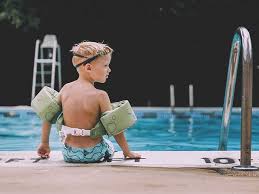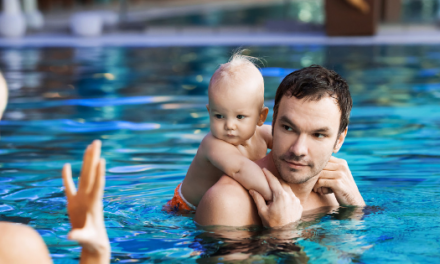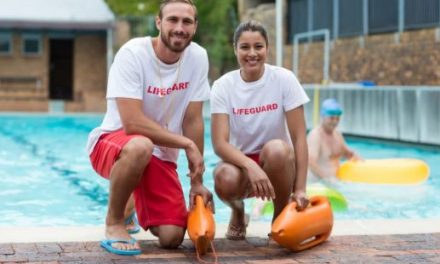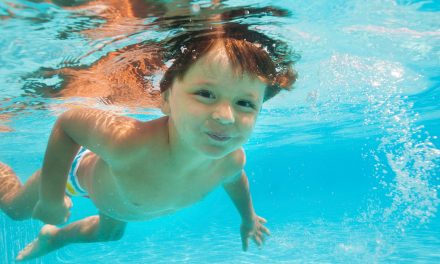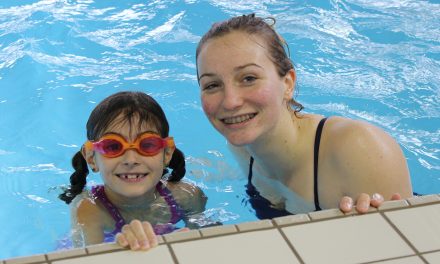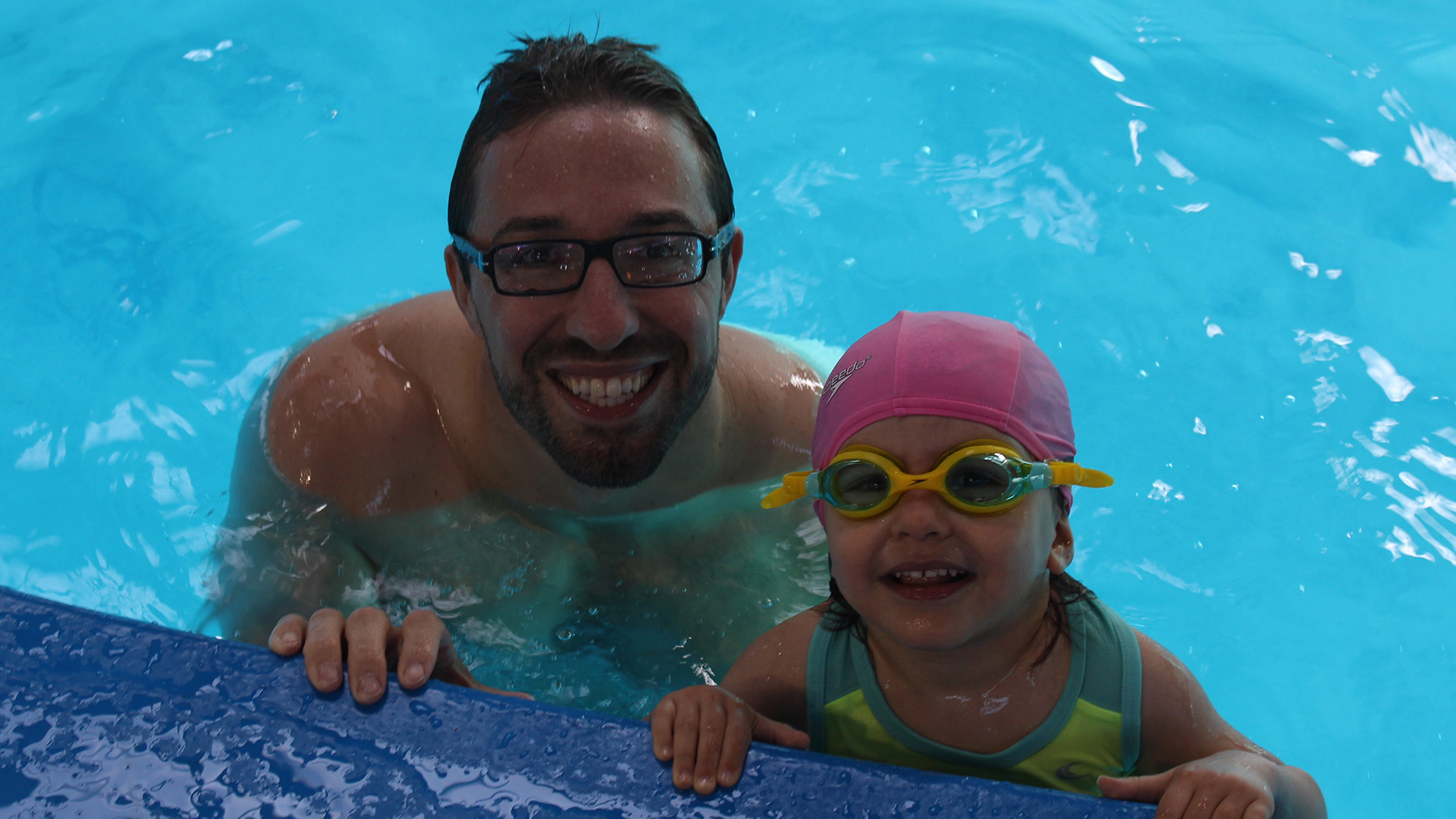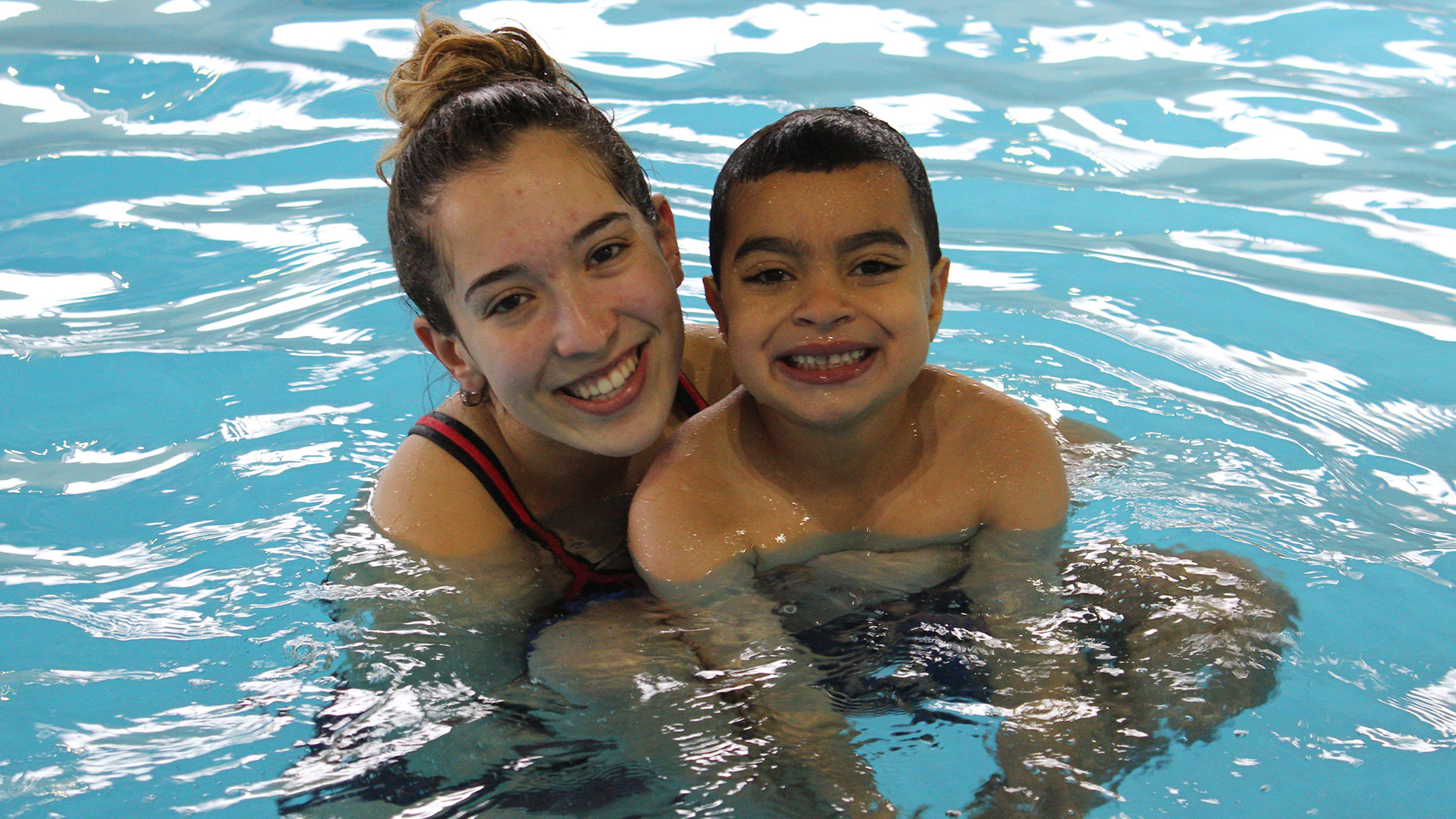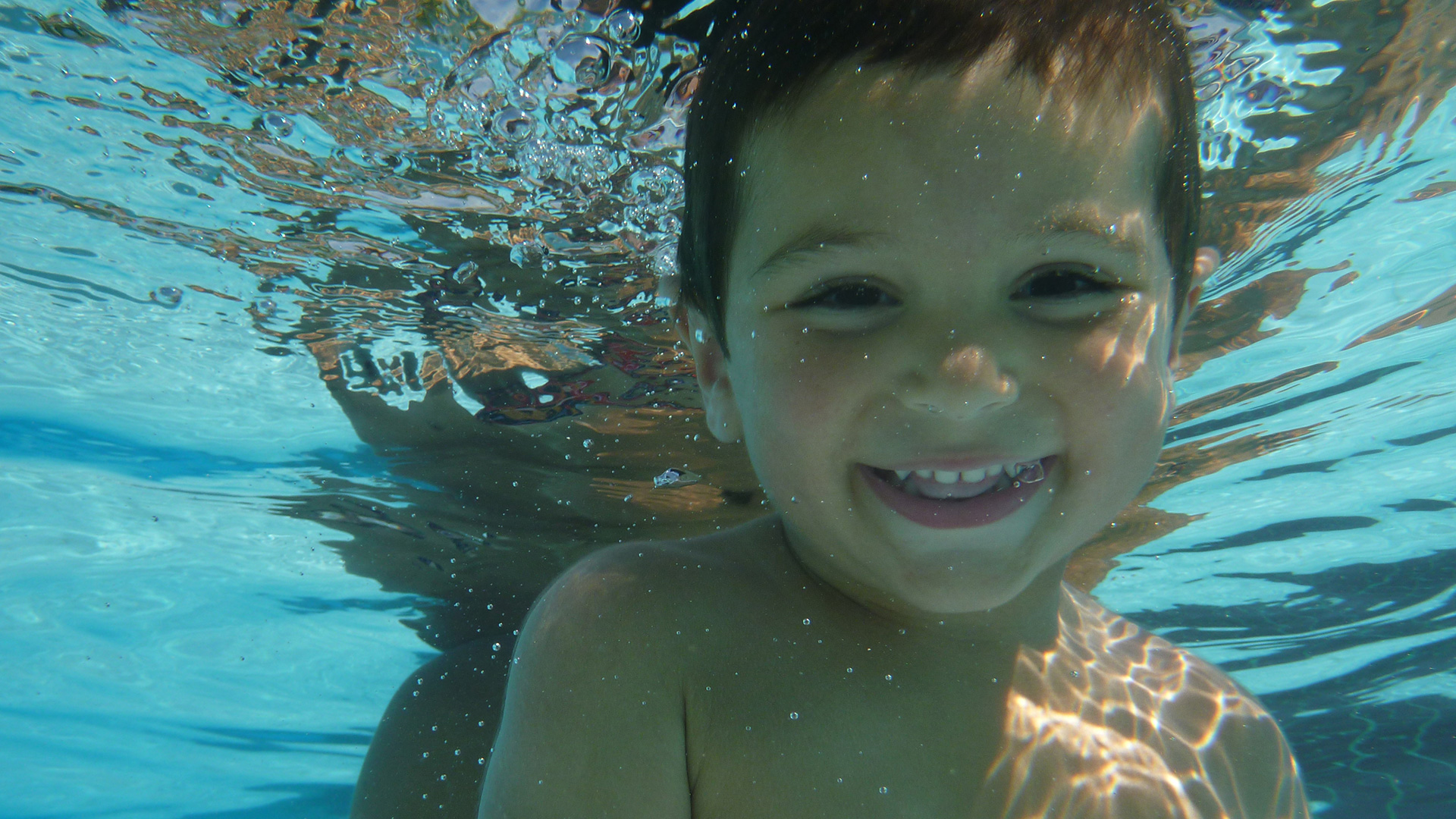There have been numerous close calls involving kids around swimming pools this year. Even though June has just started, I’ve heard too many stories already of kids falling into pools, choosing to swim on their own with no adults present, and generally being unsafe around pools. While there were no bad outcomes in any of these instances, it raises the notion that while pool safety has a lot to do with parents, empowering the kids with their own safety is another excellent way to mitigate the risk around pools.
I’d like to give credit to one of my friends Jordan (JD) who inspired the writing of this article. JD had recently found his children swimming in his pool unsupervised, of their own accord, going directly against the house pool rules. He asked me if there was anything he could tell them to prevent them from doing this again. This got me thinking: is there a magical ‘pep talk’ that can be given kids to inspire them to be safe around pools?
I decided to consult an expert on the topic, Mélanie Jomphe, who has a Doctorate of Psychology. Mélanie specializes in child psychology, has worked in a pedi-psychiatric ward and now works as a private consultant, evaluating and treating children under 14 years of age.

Mélanie was quick to dispel the notion that a properly-worded pep talk can make your kids more serious about pool safety. Getting a child to internalize and effectively adopt safety rules takes so much more than just words. I am humbled to write that as Father and expert swim instructor with over 20 years of experience teaching children to swim, that I learned a lot from speaking with Mélanie. Her valuable recommendations should be heeded closely, as they apply not only to pool safety, but to teaching any rules to your children.
Establish a Safety Routine for Your Pool
We have all heard it time and time again: children need routine, and kids thrive on routine. The same principle can extend to pool safety. We don’t want children to have to think too much about what to do around a pool, we want safety to come naturally. Mélanie recommends establishing a routine of maximum 3 rules, for example:
- Keep a minimum distance from the pool i.e. 2 big steps or a noodles distance, something the child can quantify easily.
- Get an adult if one isn’t nearby.
- Sit down & stay calm while you wait for an adult.
It is important to establish this routine right away. Make it easily accessible so children are reminded frequently, like a List of Pool Rules posted by the backdoor or in the pool area. Review it with your kids regularly, have them recite it to you as well. Like any other learned skill, it must be repeated to become routine.
Reward Obedience and Reprimand Disobedience
Any parent will tell you that their kids never listen. Even when kids know what they should be doing, they sometimes disobey. This is part of growing up. Getting kids to adhere to a strict set of rules is an ongoing endeavor that requires persistence and patience on behalf of the parent. Once your pool safety routine is established, Mélanie stresses that it is critical to reward good behaviour. When a child follows the rules, i.e. you go outside to find them sitting calmly a few feet away from the pool waiting for you, take a moment to recognize their good behavior and tell them how proud you are of them.
Similarly, if you go outside to find them at the edge of the pool, throwing toys in and running around, it is equally important to stop them and point out that they are not following the rules. A repercussion should follow to drive the point home. For example, after explaining to them that they broke the rules and reviewing the importance of the rules, have them sit quietly and think about it for a few minutes, or postpone swim time until later.
What Else Works?
Children learn rules best when they internalize them and experience them. This is why practicing and going through the motions early and regularly can help to quickly establish the pool safety routine. Every day before going swimming, go through the List of Pool Rules one by one with your child, make them recite the rules to you. Then go outside and have the child show and act out for you each rule.
Encourage calmness around the pool. Mélanie is quick to point out that when kids get excited, all bets are off, and the routine quickly disappears. This is why she recommends the ‘sit’ part of the routine. Sitting encourages calm, whereas standing and walking can easily lead to running and jumping, and in general a higher risk of an accident.
Keep the child involved in their own safety by asking them questions. Mélanie reminds us that kids who engage verbally and repeat often tend to remember better. Have your child self-critique their own safety. For example, ask them if they were calm while waiting to swim. Let them explain themselves, then weigh in rationally.
How much should you really tell them about the dangers? Should you into detail about drowning and death in hopes of scaring them into being safe? Mélanie says these tactics aren’t what will make the difference, and could do more harm than good by traumatizing the child.
Ultimately words will only scratch at the surface, while routines and repetition will root the lessons deep in the mind. Building safe pool habits with your child is an ongoing collaboration between parent and child. It requires smart and safe planning by the parent, and frequent repetition, testing and recognition. When done right, regularly and early, it can make the difference between life and death.


